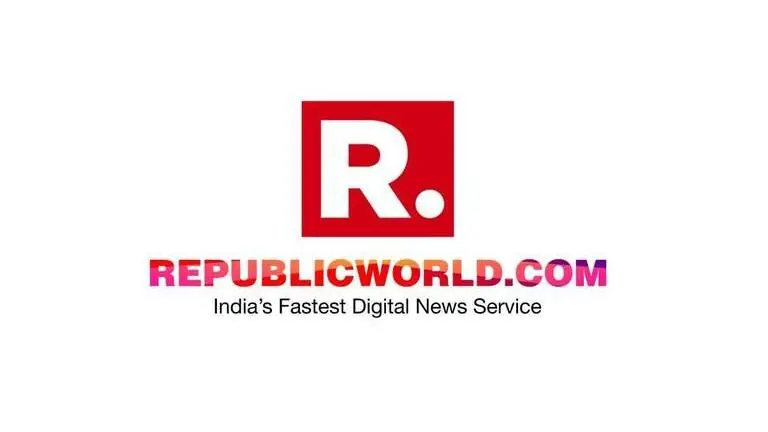Updated 5 November 2019 at 15:24 IST
Iran’s nuclear program explained as atomic deal unravels
Iran announced Tuesday it would inject uranium gas into 1,044 centrifuges that had previously been kept empty under its 2015 nuclear deal with world powers.
- World News
- 5 min read

Iran announced Tuesday it would inject uranium gas into 1,044 centrifuges that had previously been kept empty under its 2015 nuclear deal with world powers. The decision marks what Iran calls its “fourth step” away from the accord, which saw Iran agree to limit its nuclear program in exchange for the lifting of economic sanctions. The deal began to unravel over a year ago when US President Donald Trump unilaterally pulled the US out of the accord. In the time since, regional tensions have risen dramatically.
Here’s where the deal now stands and what Tehran has done to ramp-up its atomic program:
THE NUCLEAR DEAL
Iran struck the nuclear deal in 2015 with the United States, France, Germany, the United Kingdom, Russia and China. The deal, formally known as the Joint Comprehensive Plan of Action, grew out of secret talks former US President Barack Obama’s administration held with Iran after Iranian President Hassan Rouhani, a relative moderate, took office.
Advertisement
Iran agreed to limit its enrichment of uranium under the watch of U.N. inspectors in exchange for the lifting of sanctions. International businesses rushed to do deals with Iran, most notably with billion-dollar sales by Airbus and Boeing Co. Trump, who campaigned on a promise of tearing up the deal because it didn’t address Iran’s ballistic missile program or its involvement in regional conflicts, withdrew America from the accord in May 2018. That halted promised international business deals and dealt a heavy blow to Iran’s already ailing economy. In the time since, the Trump administration has said any country that imports Iranian crude will face U.S. sanctions.
IRAN’S NUCLEAR FACILITIES
Natanz, in Iran’s central Isfahan province, hosts the country’s main uranium enrichment facility, located underground. Iran has one operating nuclear power plant in Bushehr, which it opened with Russia’s help in 2011. Under the accord, Iran reconfigured a heavy-water reactor so it couldn’t produce plutonium and agreed to convert its Fordo enrichment site — dug deep into a mountainside — into a research center. Tehran also operates an over 50-year-old research reactor in Tehran.
Advertisement
IRAN’S URANIUM STOCKPILE
Under terms of the nuclear deal, Iran can keep a stockpile of no more than 300 kilograms (661 pounds) of low-enriched uranium. That’s compared to the 10,000 kilograms (22,046 pounds) of higher-enriched uranium it once had. Currently, the accord limits Iran to enriching uranium to 3.67%, which can fuel a commercial nuclear power plant. Weapons-grade uranium needs to be enriched to around 90%.
However, once a country enriches uranium to around 20%, scientists say the time needed to reach 90% is halved. Iran previously has enriched to 20%. Iran in July broke the 300-kilogram limit and boosted its enrichment to up to 4.5%, breaking that limit as well. Iran says it has gone from producing some 450 grams (1 pound) of low-enriched uranium a day to 5 kilograms (11 pounds). Tehran says it now holds over 500 kilograms (1,102 pounds) of low-enriched uranium.
IRAN’S CENTRIFUGES
A centrifuge is a device that enriches uranium by rapidly spinning uranium hexafluoride gas. Under the atomic accord, Iran had been limited to operating 5,060 older-model IR-1 centrifuges at Natanz only. Rouhani said Tuesday that Iran would inject uranium gas into an additional 1,044 IR-1 centrifuges that had been spinning empty at Fordo. On Monday, Iran announced it now is spinning 60 IR-6 advanced centrifuges as well. An IR-6 can produce enriched uranium 10 times as fast as an IR-1, Iranian officials say.
FROM ‘ATOMS FOR PEACE’ TO STUXNET
Iran’s nuclear program actually began with the help of the United States. Under its “Atoms for Peace” program, America supplied a test reactor that came online in Tehran in 1967 under the rule of Shah Mohammad Reza Pahlavi. That help ended once Iran’s 1979 Islamic Revolution overthrew the shah.
In the 1990s, Iran expanded its program, including buying equipment from Pakistan’s top nuclear scientist Abdul Qadeer Khan. Among its activities, Iran “may have received design information” for a bomb and researched explosive detonators, according to the International Atomic Energy Agency.
By August 2002, Western intelligence services and an Iranian opposition group revealed a covert nuclear site at Natanz. Iran to this day denies its nuclear program had a military dimension. Iran suspended enrichment in 2003 but resumed it in 2005. Hard-line President Mahmoud Ahmadinejad then accelerated it. World powers imposed crippling U.N. sanctions in response. The Stuxnet computer virus, widely believed to be a joint U.S.-Israeli creation, soon disrupted thousands of Iranian centrifuges.
A string of bombings, blamed on Israel, targeted a number of Iranian scientists beginning in 2010, at the height of Western concerns over Iran’s program. Israel never claimed responsibility for the attacks, though Israeli officials have boasted in the past about the reach of the country’s intelligence services. Israel last year said it seized records from a “secret atomic archive” in Iran. Rouhani now warns Iran could take a “fifth step” away from the deal in January if Europe can’t help it sell oil aboard.
Published By : Associated Press Television News
Published On: 5 November 2019 at 15:13 IST
